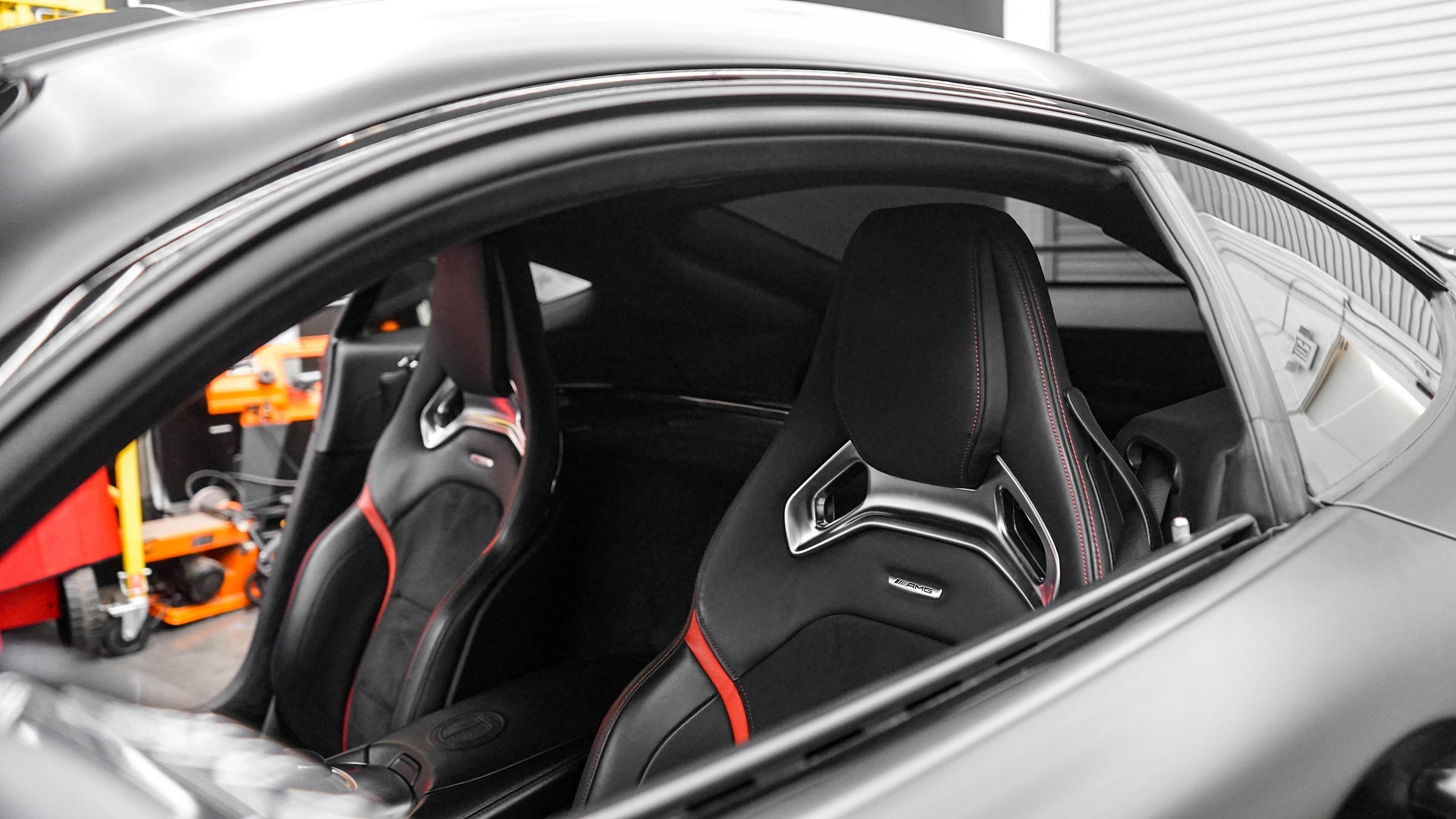What To Do If Your Car Window Won't Go Up

Few things are as frustrating as a car window that refuses to cooperate. Whether it's stuck halfway down in a rainstorm or stubbornly locked in place, a malfunctioning window can compromise your security, comfort, and even your car's resale value. This guide will walk you through the common causes of a window that won't go up and provide troubleshooting steps, from simple fixes to when you'll need professional help.
Understanding the Electric Window System
Modern car windows are typically operated by an electric power window system. This system consists of several key components:
- Window Switch: The user interface. When activated, it sends a signal to the window motor.
- Window Motor: A small electric motor responsible for physically moving the window up and down. These motors often have a limited lifespan, especially in older vehicles.
- Window Regulator: A mechanical linkage, typically a scissor-like mechanism or a cable-operated system, that translates the motor's rotational force into linear motion to move the glass. Regulators are prone to wear and tear, especially in areas with extreme temperature variations.
- Wiring Harness: The electrical wiring that connects all the components. Faulty wiring, corrosion, or broken wires are common culprits, especially in door jambs where the wiring flexes repeatedly.
- Fuses and Relays: These protect the electrical circuit from overloads and control the power flow to the window motor.
Troubleshooting Steps: A DIY Approach
Before heading to the mechanic, try these troubleshooting steps:
- Check the Fuse: This is the easiest and often overlooked step. Consult your car's owner's manual to locate the fuse box and identify the fuse for the power windows. A blown fuse is a common cause. Replace it with a fuse of the same amperage rating. If the new fuse blows immediately, there's a short circuit somewhere in the system, and you'll need professional help.
- Try the Other Windows: If only one window is malfunctioning, the problem is likely isolated to that specific window's components. If *all* windows are affected, the issue is likely a main power supply problem, a central control unit malfunction (if equipped), or a shared fuse.
- Check the Window Lock Switch: Ensure the window lock switch (often found on the driver's door) isn't engaged. This switch disables the operation of the passenger windows, and it's a surprisingly common cause of frustration.
- Listen for Motor Activity: When you press the window switch, listen closely for any sounds coming from the door.
- If you hear the motor running but the window doesn't move: The problem is likely a broken window regulator or the window has come off its track.
- If you hear nothing: The problem could be a faulty window switch, a bad motor, or a wiring issue.
- Inspect the Window Tracks: Dirt and debris can accumulate in the window tracks, causing friction and preventing the window from moving freely. Clean the tracks with a silicone-based lubricant and a soft cloth.
- Try the "Bang and Pray" Method (Use with Caution): Sometimes, a stuck window motor can be freed by gently tapping on the door panel near the motor while simultaneously holding the window switch in the "up" position. This is a temporary fix at best and indicates a failing motor. Only attempt this as a last resort.
When to Seek Professional Help
If you've tried the above steps and the window still refuses to cooperate, it's time to consult a qualified mechanic. Common problems that require professional attention include:
- Faulty Window Motor Replacement: Replacing a window motor often requires removing the door panel and disconnecting electrical components.
- Broken Window Regulator Repair/Replacement: Replacing a regulator can be complex, involving working with springs and potentially sharp edges.
- Wiring Issues: Diagnosing and repairing electrical wiring problems requires specialized tools and expertise. Locating shorts, corrosion, or broken wires can be time-consuming.
- Central Control Unit Malfunctions: Some vehicles have a central control unit that manages various functions, including power windows. Diagnosing and repairing these units requires specialized diagnostic equipment.
Prevention and Maintenance
While electric window failures can happen, there are steps you can take to minimize the risk:
- Regular Lubrication: Periodically lubricate the window tracks with a silicone-based lubricant.
- Gentle Operation: Avoid forcing the windows if they encounter resistance.
- Prompt Repairs: Address any signs of window malfunction promptly to prevent further damage.
By understanding the components of your car's power window system and following these troubleshooting steps, you can often diagnose and even fix minor issues yourself. However, for more complex problems, it's always best to seek the expertise of a qualified mechanic to ensure a safe and lasting repair. Ignoring a failing window can lead to further damage, increased repair costs, and potential security risks. Remember, preventative maintenance is key to keeping all your car's systems operating smoothly and reliably.
